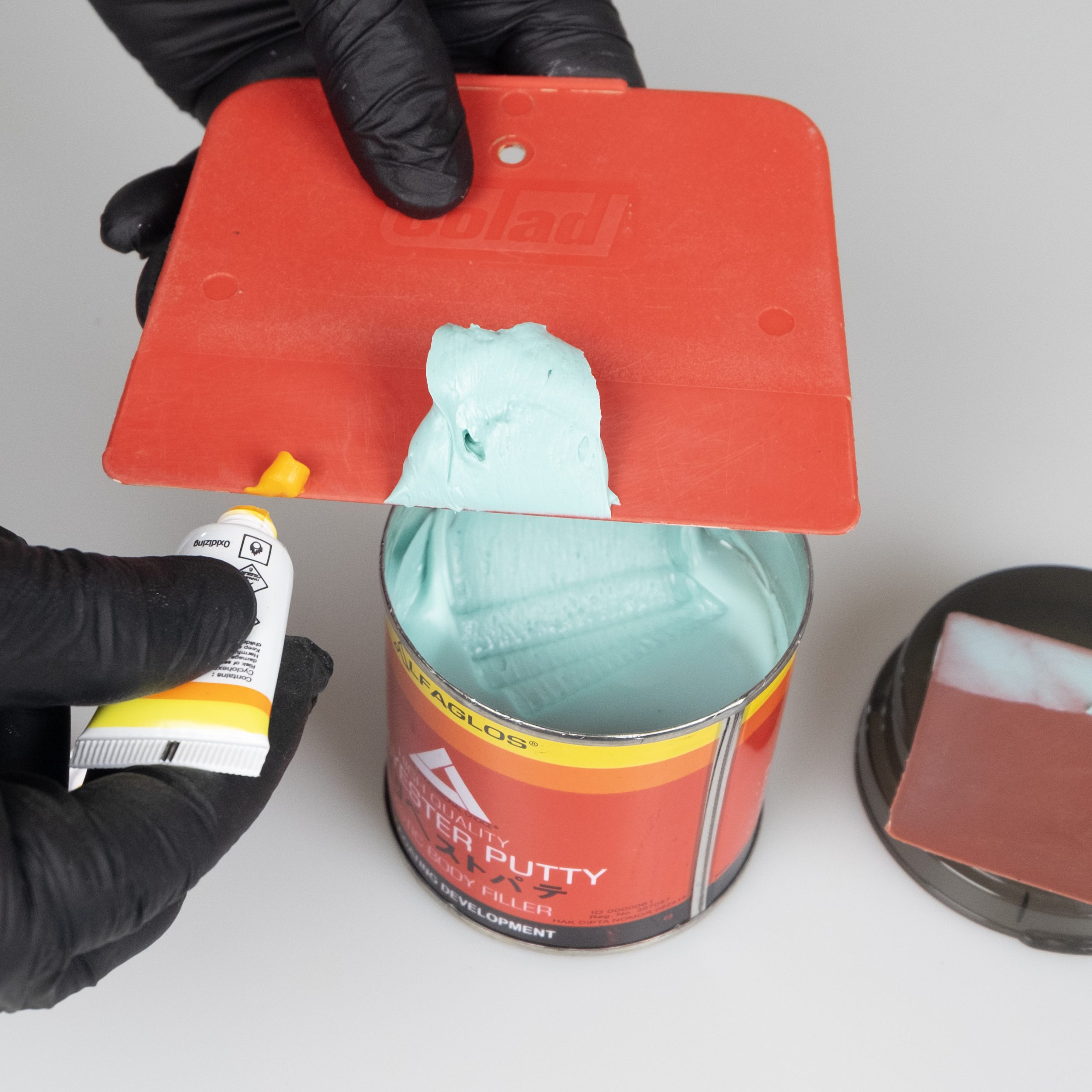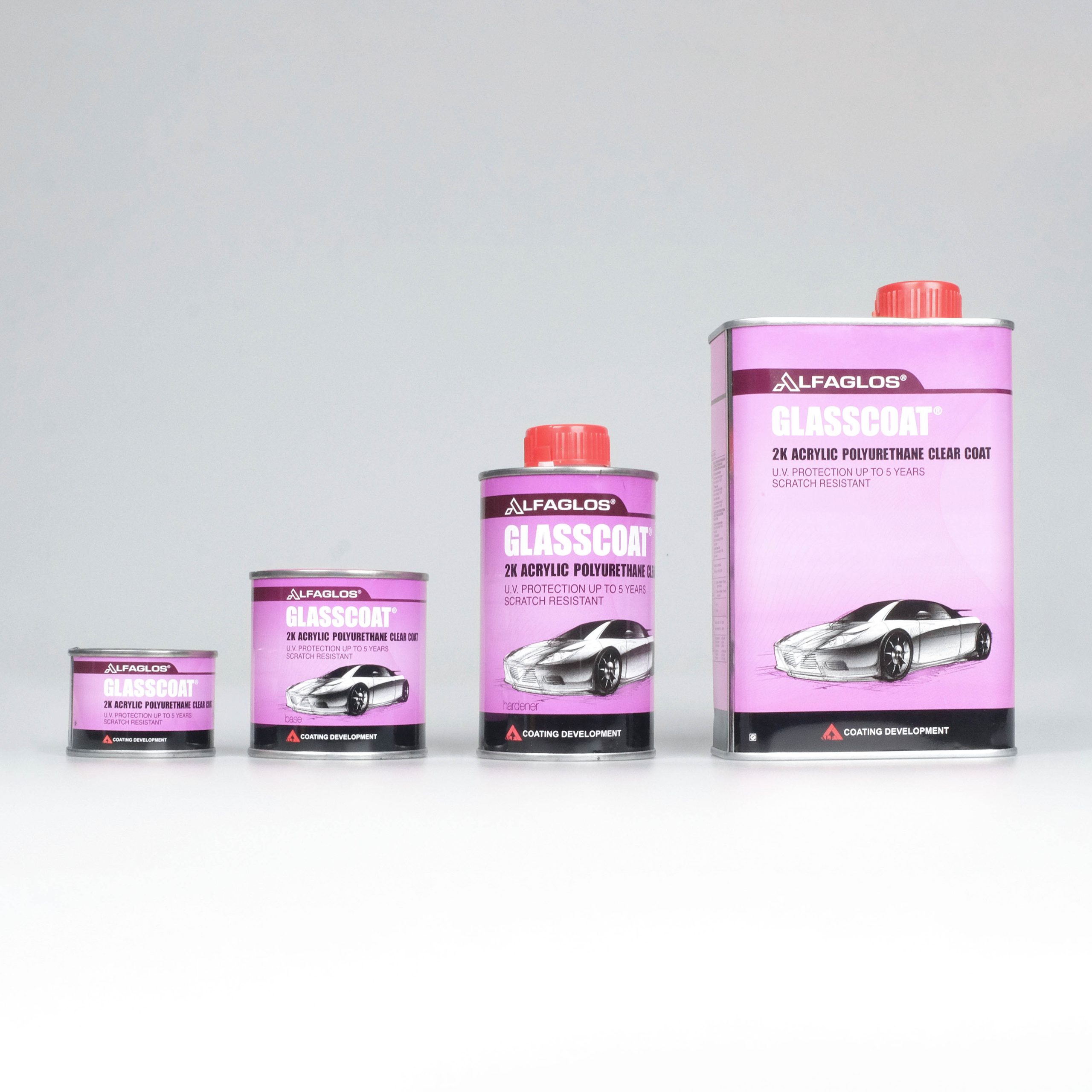Tips to Keep Repaired Body Filler from Cracking Too Soon
17 September 2025
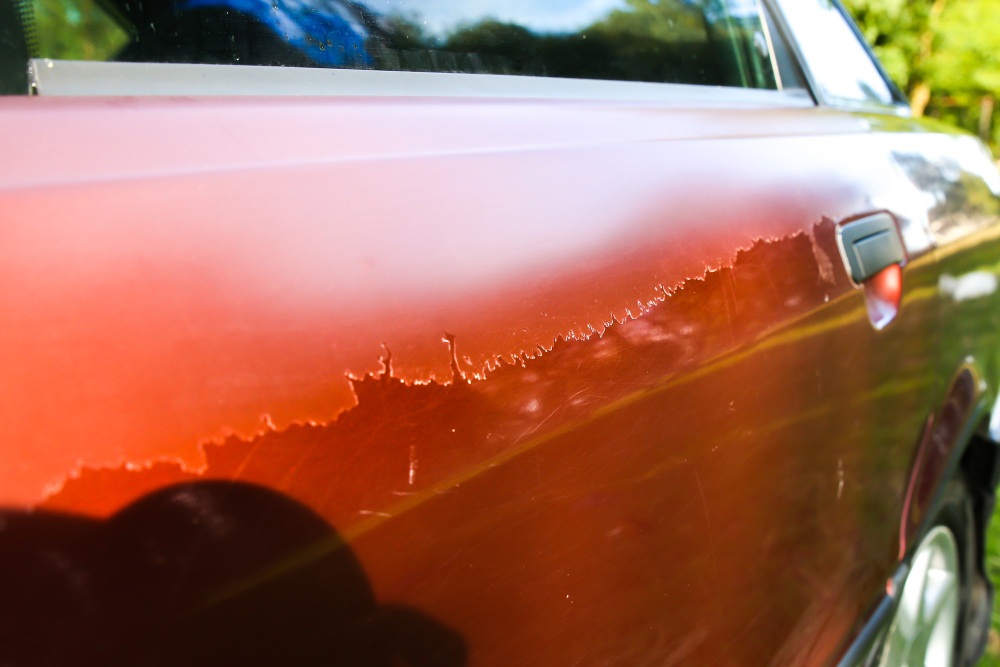
A smooth car body repair often doesn’t last as long as expected. Within just a few months, fine cracks can start appearing in the filled areas. These cracks in the body filler may come from several factors—some linked to the repair process itself, others caused by external conditions. Understanding the root causes is key to taking the right steps for care and prevention from the very beginning.
Why Do Body Filler Areas Crack So Easily?
One of the main factors comes from the condition of the panel before applying body filler. If the surface isn’t thoroughly cleaned of rust, dust, or old paint, the filler won’t bond properly. This weak adhesion makes the filler layer prone to cracking and peeling. On top of that, filler that’s applied too thick—or not within standard thickness—tends to lose flexibility, making it more vulnerable to damage when the panel is under pressure.
Application mistakes are another common cause of cracks in car paint. Rushed drying, incorrect hardener ratios, or uneven sanding can all weaken the filler’s hold on the panel. When this happens, the paint layer on top also loses strength, leading to early cracking.
External factors can also play a big role. Intense sunlight causes the filler to expand, while high humidity accelerates paint damage. Even small impacts, like gravel hitting the car while driving, can trigger cracks in filler areas that are already fragile. That’s why extra care is essential to keep repaired paintwork lasting longer and to prevent filler from breaking down too soon.
How to Maintain Body Filler and Keep It Lasting Longer
In many cases, cracked body filler isn’t just the result of repair mistakes—it also comes from a lack of proper daily care by the car owner. With a few simple steps, the results of a body repair can last much longer while keeping the car looking neat and well-maintained.
1. Wash Your Car Regularly with Automotive-Grade Soap
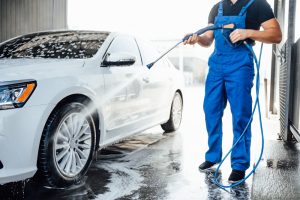
Washing your car regularly helps protect both the paint and the body filler. Always use a gentle, automotive-grade soap that won’t strip away the protective coating. Avoid using household detergents, as they’re often too harsh and can dull the paint while speeding up cracking in filled areas.
2. Avoid Harsh Chemicals on Your Car’s Paintwork

Many car owners use random cleaning solutions without checking what’s inside them. The problem is, harsh chemicals can damage the paint and weaken the body filler underneath. To prevent cracks from forming, it’s best to stick to car care products specifically formulated to be safe for both paint and filler.
3. Maintain Proper Moisture Levels to Make Body Filler Last Longer
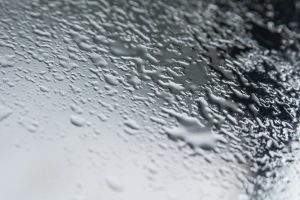
Rain, dew, and high humidity can trigger rust on the panels and weaken the filler’s adhesion. That’s why it’s best to dry your car with a microfiber cloth after it gets wet. This simple habit helps the body filler last longer while keeping the paint in good condition and shiny for years.
Tips to Protect Body Filler Areas from Extreme Weather
Beyond routine care, extra protection is essential to keep filler areas from wearing out due to environmental conditions. Scorching sunlight, high humidity, and heavy rain can all trigger cracked paint or peeling filler if left unchecked.
1. Use a Car Cover When Parking Outdoors

Parking in open spaces exposes your car to UV rays, dust, and rain, making it more vulnerable to damage. Using a car cover is a simple yet effective way to protect repaired areas. A good-quality cover helps reduce excessive heat, which is often the culprit behind cracked filler.
2. Apply Wax to Prevent Cracks in Your Car’s Paint
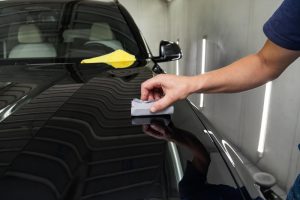
Wax acts as an extra layer of protection for your car’s paint. By applying it regularly, the paint becomes more resistant to sunlight, rain, and road grime. Not only does wax enhance the car’s shine, but it also helps keep the body filler firmly bonded to the panel, preventing cracks and peeling.
3. Park in Shaded Areas to Protect the Filler

A simple habit like parking in shaded areas can make a big difference in keeping body filler intact. Constant exposure to extreme heat can cause paint to peel faster and accelerate fine cracks in the filler. By choosing shade, you protect your car from high-temperature damage that often leads to cracked paint and weakened filler.
This is where Alfaglos Mobil Polyester Putty comes in as the right choice. This two-component filler is specially formulated to repair dents, uneven surfaces, and damaged body panels with strong adhesion to steel, aluminum, fiberglass, and properly prepared old paint. Its advantages include easy application, non-sticky texture, flexibility, and effortless sanding—delivering a smoother, more durable finish.
